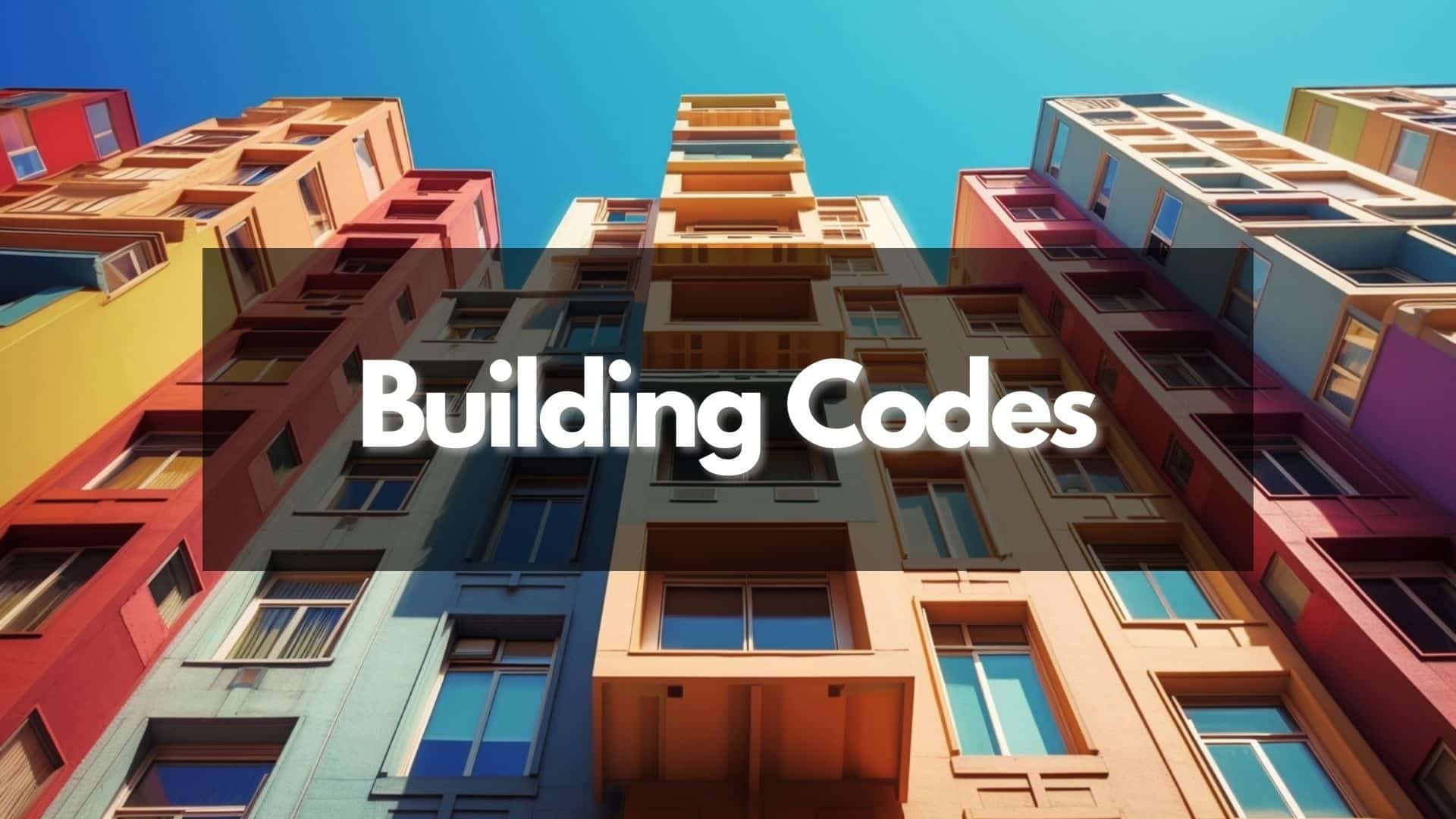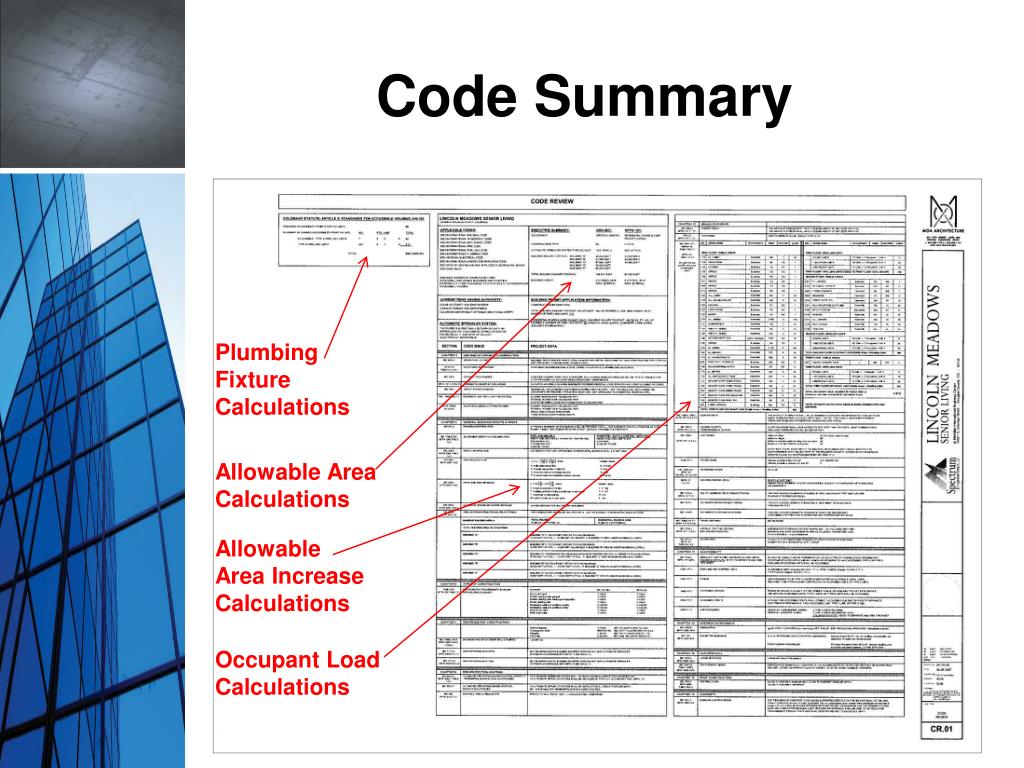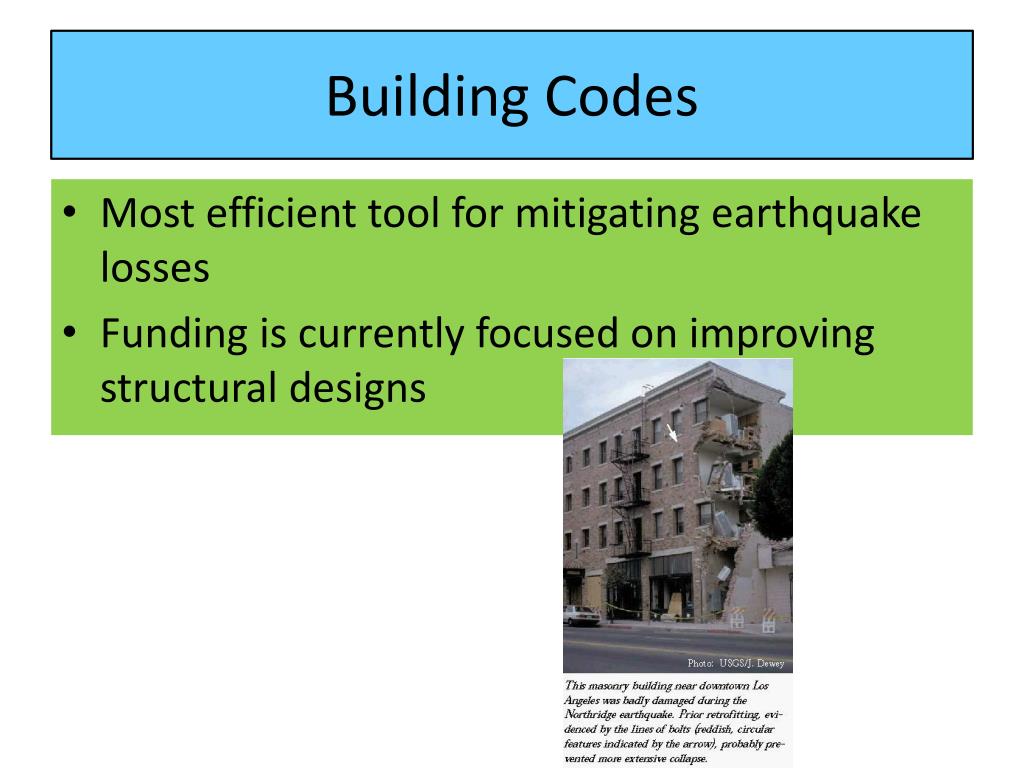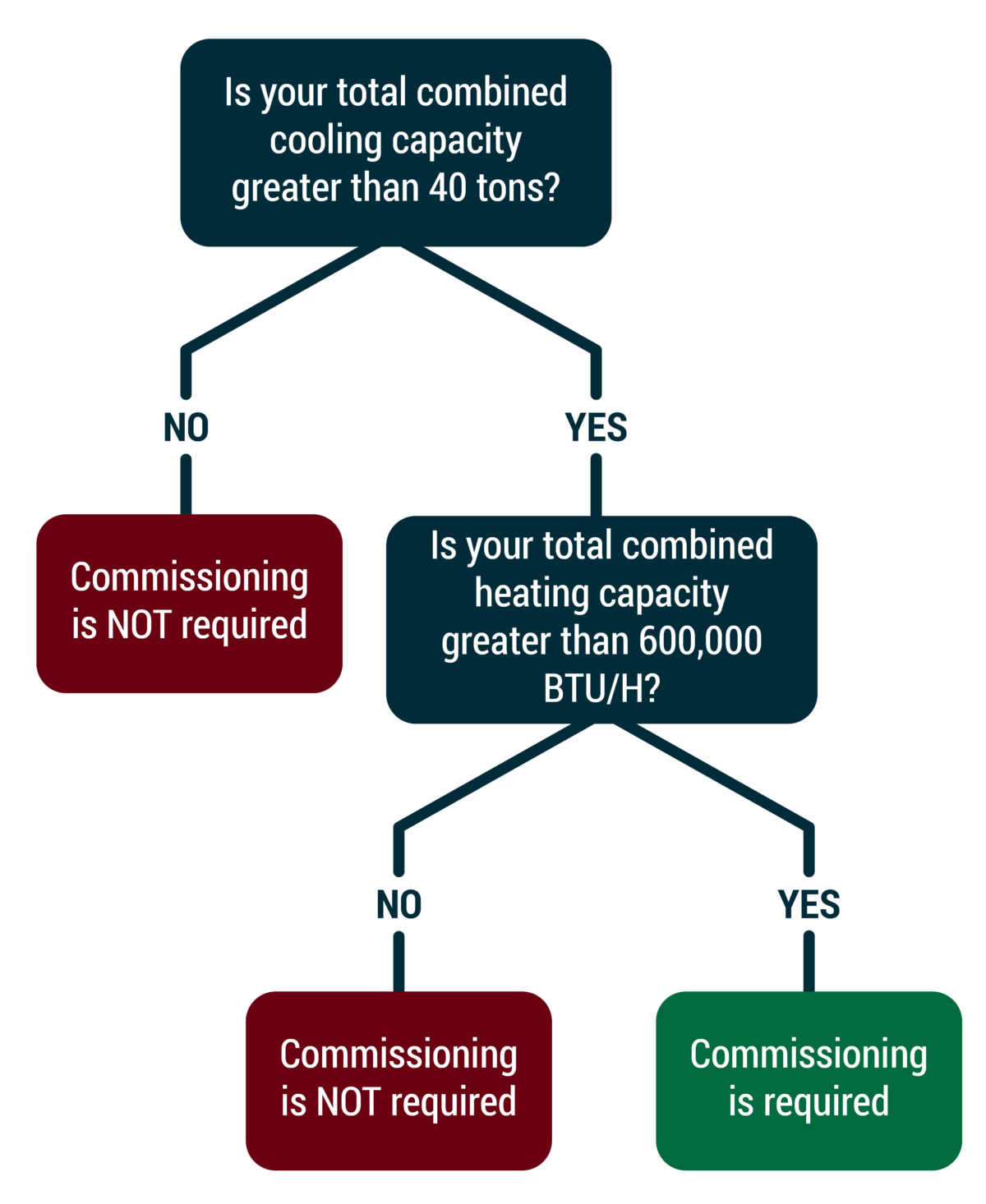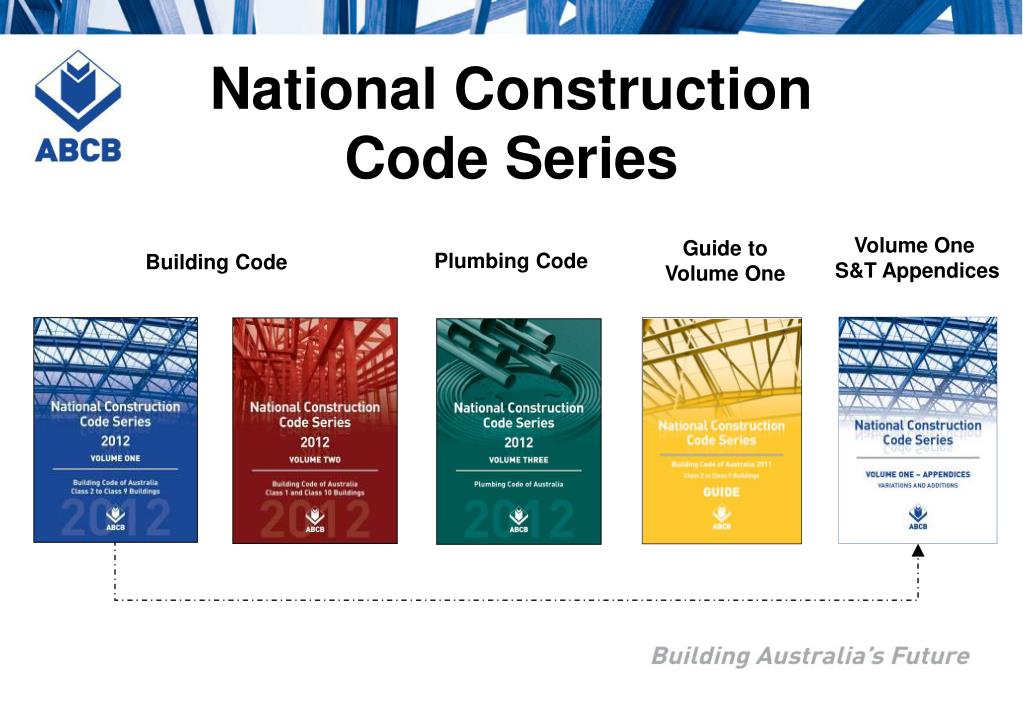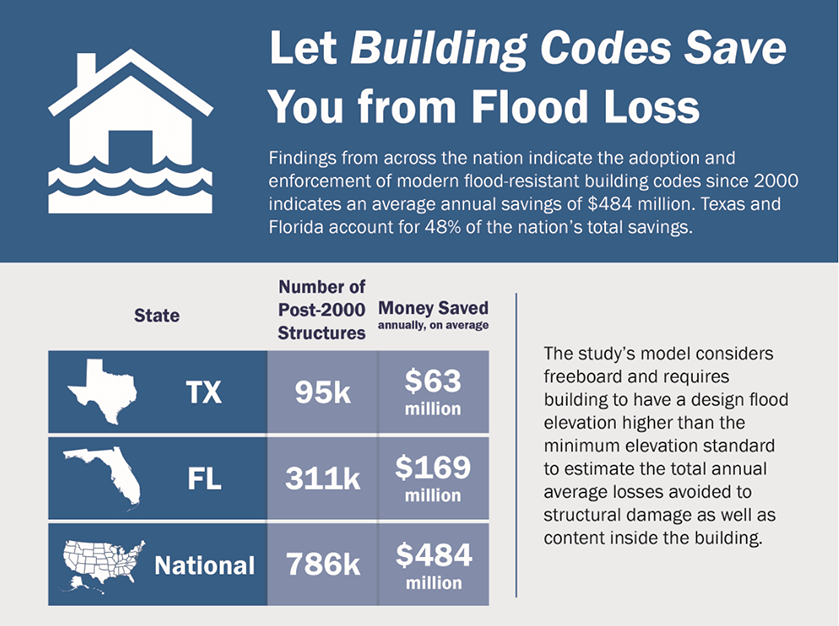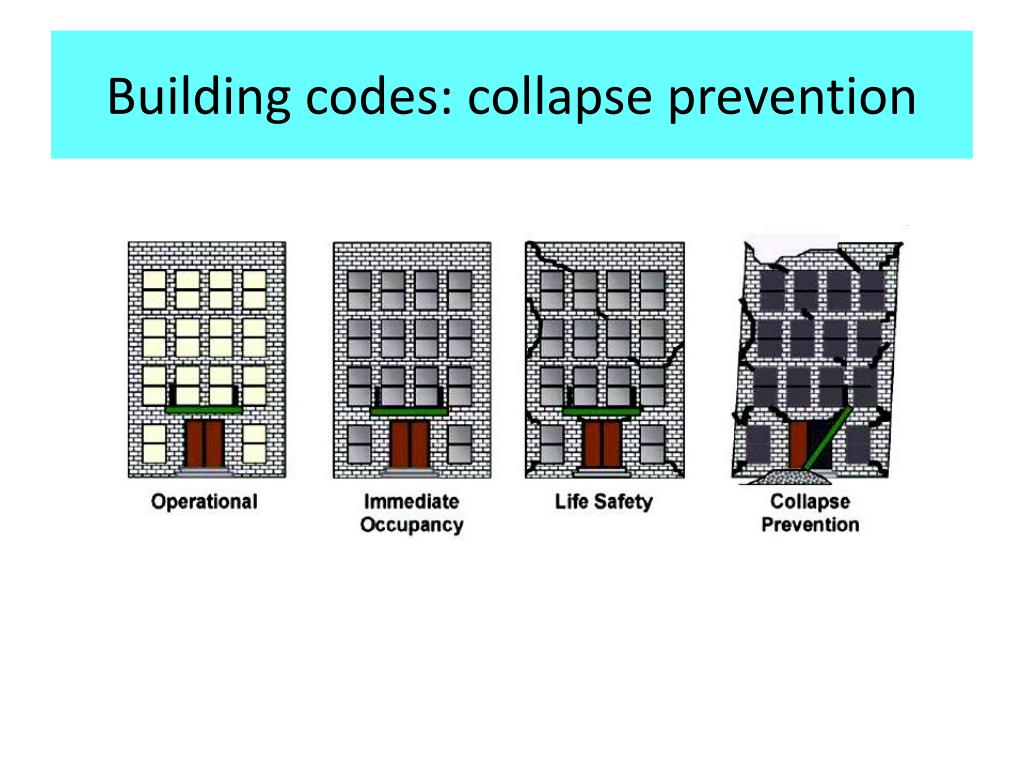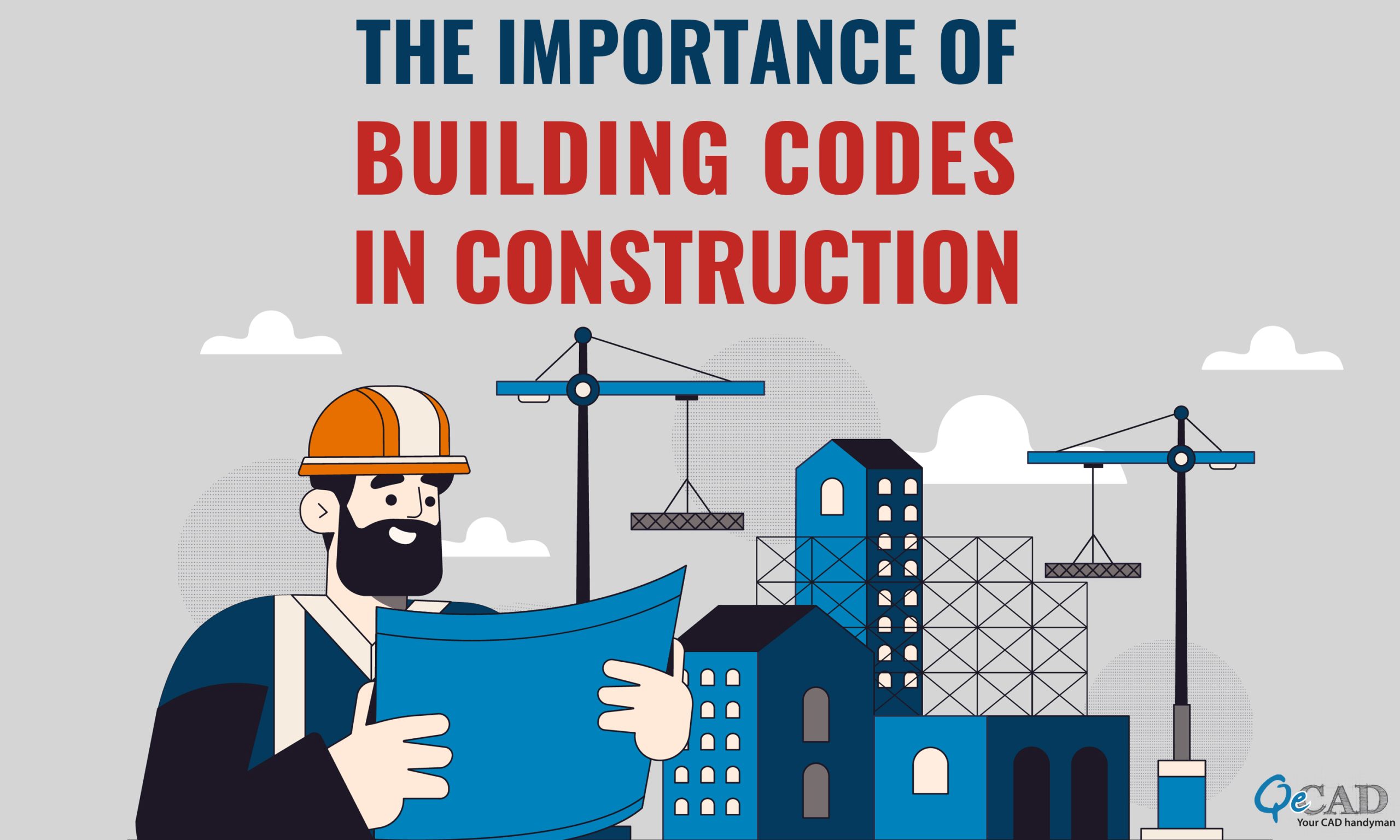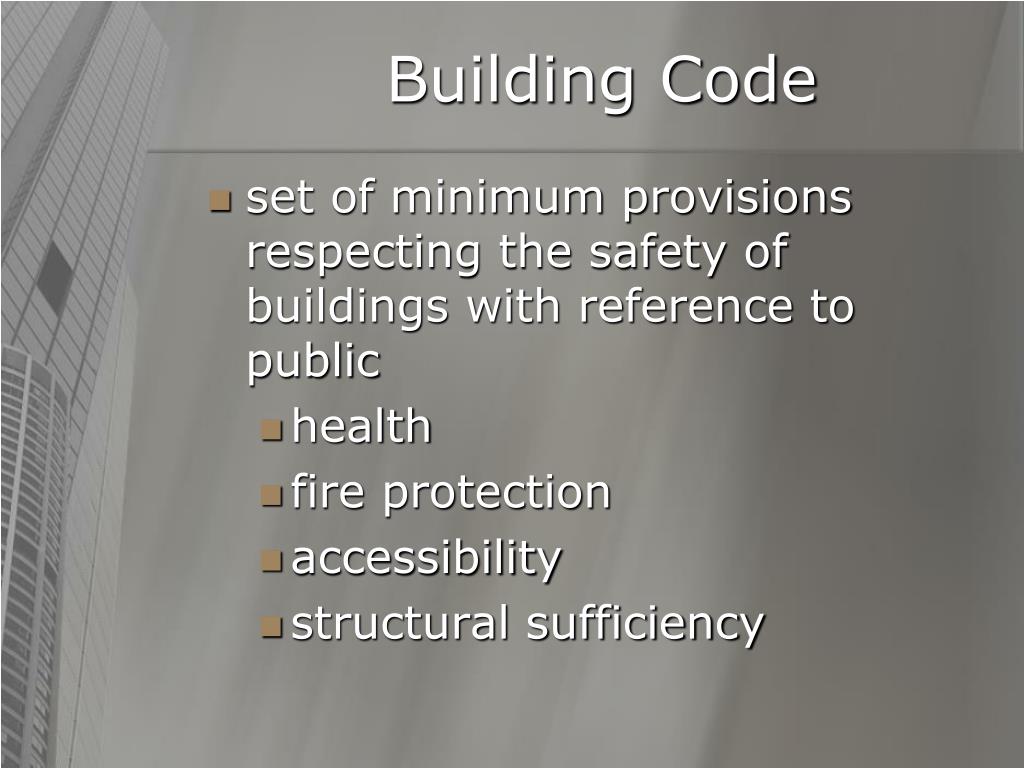Which Of The Following Is True Regarding Building Codes

Imagine a bustling construction site, the rhythmic clang of hammers and the whir of power tools filling the air. Blueprints flutter in the hands of architects and engineers, not just as artistic visions, but as legal documents meticulously detailing every joist, every wire, every safety precaution. These blueprints are bound by something more than just design; they are governed by a silent guardian of public well-being: building codes.
At their core, building codes are a set of rules that dictate the minimum standards for constructed objects such as buildings and non-building structures. Understanding the nature and impact of these codes is vital for everyone from homeowners to seasoned construction professionals.
The fundamental truth about building codes is that they are primarily designed to protect public health, safety, and general welfare as they relate to the construction and occupancy of buildings and structures.
The Genesis of Building Codes: A Response to Disaster
The history of building codes is inextricably linked to tragic events. The Great Fire of London in 1666, a conflagration that ravaged the city, served as a catalyst for early building regulations aimed at fire prevention. These early codes focused on limiting the use of flammable materials and establishing minimum distances between buildings.
In the United States, devastating fires like the Great Chicago Fire of 1871 and the San Francisco Earthquake and Fire of 1906 highlighted the dire need for comprehensive building regulations. These disasters exposed the vulnerabilities of existing construction practices and spurred the development of more robust codes.
The early 20th century saw the rise of model building codes, developed by organizations like the International Code Council (ICC) and the National Fire Protection Association (NFPA). These model codes provided a template for states and local jurisdictions to adopt and adapt to their specific needs.
Understanding the Scope of Building Codes
Building codes are incredibly comprehensive, covering a vast range of aspects related to construction. These codes address structural integrity, fire safety, plumbing, electrical systems, mechanical systems (heating, ventilation, and air conditioning), accessibility, and energy conservation.
Structural codes ensure that buildings can withstand various loads, including gravity, wind, and seismic forces. Fire safety codes dictate requirements for fire-resistant materials, fire suppression systems, and emergency egress.
Plumbing codes govern the installation and maintenance of water and waste systems, preventing contamination and ensuring efficient water usage. Electrical codes regulate the safe installation of electrical wiring and equipment, minimizing the risk of electrical shocks and fires.
Mechanical codes address the design and installation of heating, ventilation, and air conditioning systems, promoting energy efficiency and indoor air quality. Accessibility codes ensure that buildings are usable by people with disabilities, complying with standards like the Americans with Disabilities Act (ADA).
Energy conservation codes set minimum standards for energy efficiency in buildings, reducing energy consumption and lowering utility bills. It's a dynamic element in building code development.
The Role of Different Organizations
Several organizations play pivotal roles in the development and implementation of building codes. The International Code Council (ICC) is a leading developer of model codes, including the International Building Code (IBC), International Residential Code (IRC), and International Fire Code (IFC).
The National Fire Protection Association (NFPA) develops codes and standards related to fire safety, including the National Electrical Code (NEC) and NFPA 101, the Life Safety Code. These organizations employ a rigorous process involving experts, stakeholders, and public input to create and update their codes.
State and local jurisdictions adopt and adapt these model codes to suit their specific needs and circumstances. This process often involves legislative action and public hearings, ensuring that the codes are appropriate for the local environment and community.
Why Building Codes Matter: Safety, Sustainability, and Economic Impact
Building codes are not just bureaucratic hurdles; they are essential for protecting public safety. By setting minimum standards for construction, codes reduce the risk of structural failures, fires, and other hazards.
Furthermore, building codes contribute to the sustainability of the built environment. Energy-efficient building codes help reduce energy consumption, lowering greenhouse gas emissions and mitigating the impacts of climate change. They provide long-term cost-savings to owners and occupants.
Building codes also have a significant economic impact. They promote consistency and predictability in the construction industry, reducing uncertainty and fostering innovation. Properly enforced codes protect property values and ensure the long-term durability of buildings.
Debunking Common Misconceptions
One common misconception is that building codes are overly restrictive and stifle creativity. While codes do impose certain constraints, they also provide a framework for innovation and allow for alternative design approaches that meet or exceed the minimum standards.
Another misconception is that building codes are solely the responsibility of contractors and builders. In reality, everyone involved in the construction process, including architects, engineers, developers, and homeowners, has a role to play in ensuring compliance with building codes.
It is also a mistake to think that once a building is constructed, the building codes cease to matter. Building codes also affect renovations and modifications to existing structures, ensuring that these changes do not compromise the safety or integrity of the building.
The Future of Building Codes: Adapting to Change
Building codes are constantly evolving to address new challenges and opportunities. Technological advancements, such as the development of new building materials and construction techniques, are driving changes in building codes.
Growing awareness of climate change is leading to stricter energy efficiency requirements and the incorporation of green building practices into building codes. Building codes are increasingly incorporating resilience measures to mitigate the impacts of natural disasters, such as hurricanes, floods, and earthquakes.
The ICC and other organizations are also working to harmonize building codes across different jurisdictions, reducing complexity and promoting greater consistency in the construction industry.
Staying Informed and Engaged
Staying informed about building codes is essential for anyone involved in the construction process. There are many resources available, including websites of the ICC, NFPA, and state and local building departments. These websites often provide access to code documents, training materials, and other helpful information.
Engaging in the code development process is also crucial. The ICC and NFPA offer opportunities for stakeholders to participate in the development of model codes, providing input on proposed changes and helping to shape the future of building regulations. Individuals can also participate in local code adoption processes, advocating for codes that reflect the needs of their community.
By staying informed and engaged, we can ensure that building codes continue to protect public safety, promote sustainability, and foster a thriving built environment.
Conclusion: Building a Better Future, One Code at a Time
Building codes are more than just a set of rules; they are a testament to our collective commitment to safety, sustainability, and progress. They are the silent guardians of our homes, workplaces, and communities, ensuring that the structures we inhabit are built to last and protect us from harm.
As we move forward, it is vital that we continue to support the development and enforcement of robust building codes. By doing so, we can create a built environment that is not only safe and sustainable but also contributes to the well-being of all.
So, the next time you see a construction site, remember that behind the noise and activity lies a complex and essential system of regulations, working tirelessly to ensure that our buildings are safe, resilient, and built to stand the test of time. That system is building codes, the unsung heroes of a safer, more sustainable future.
